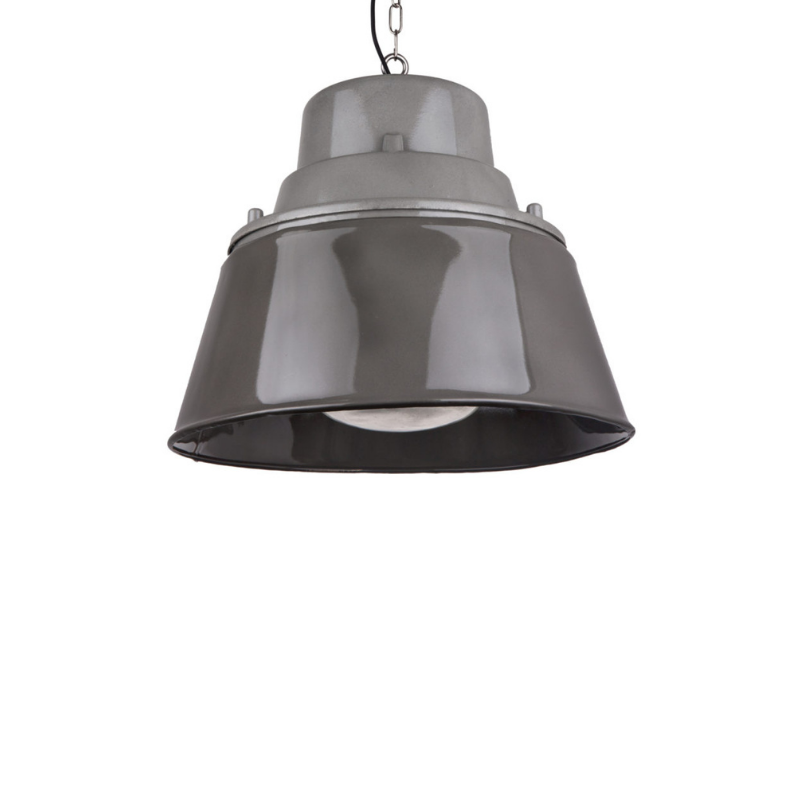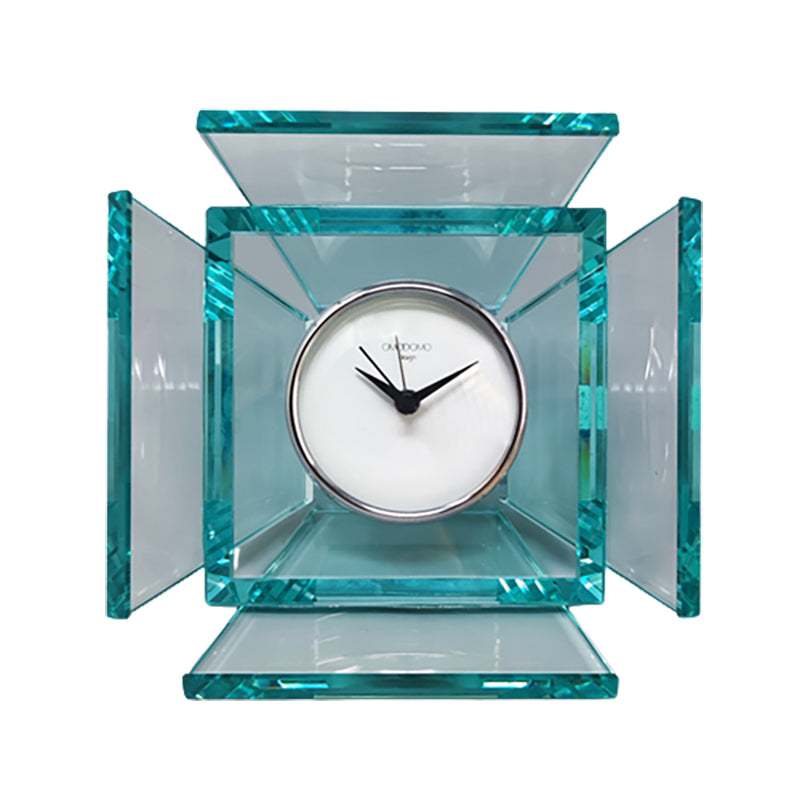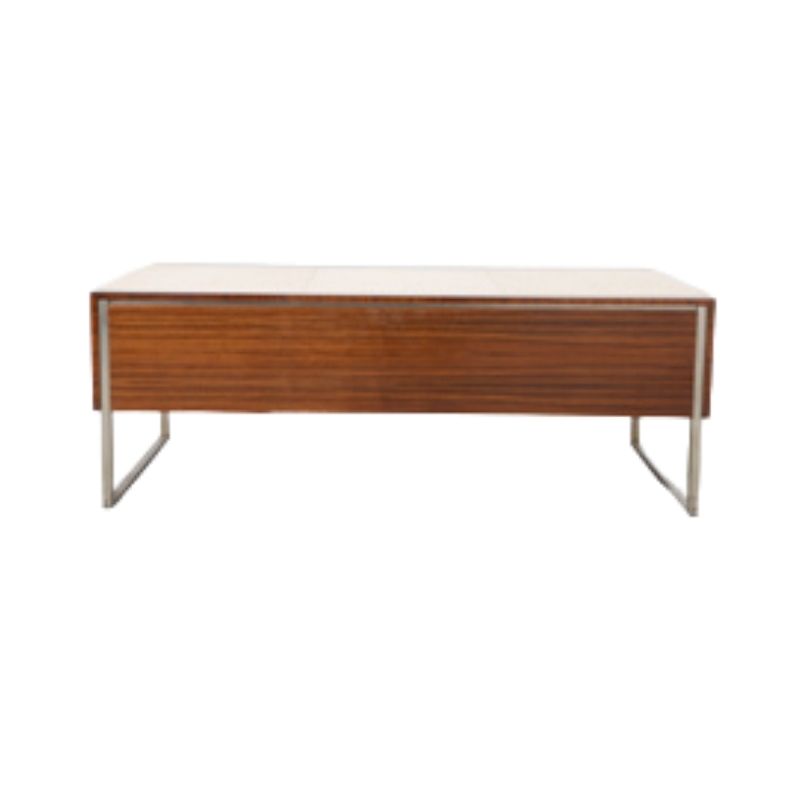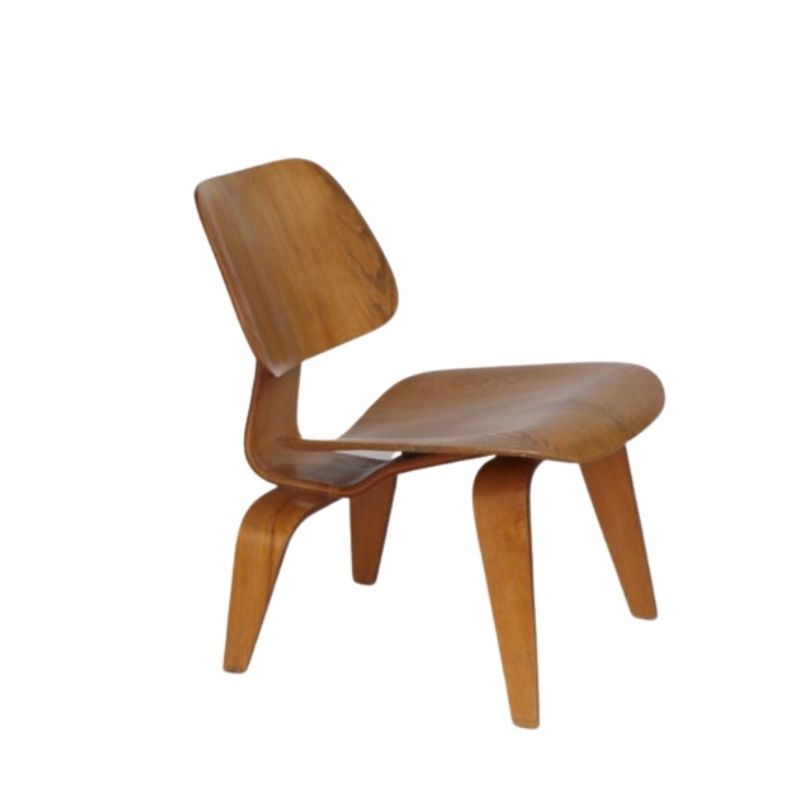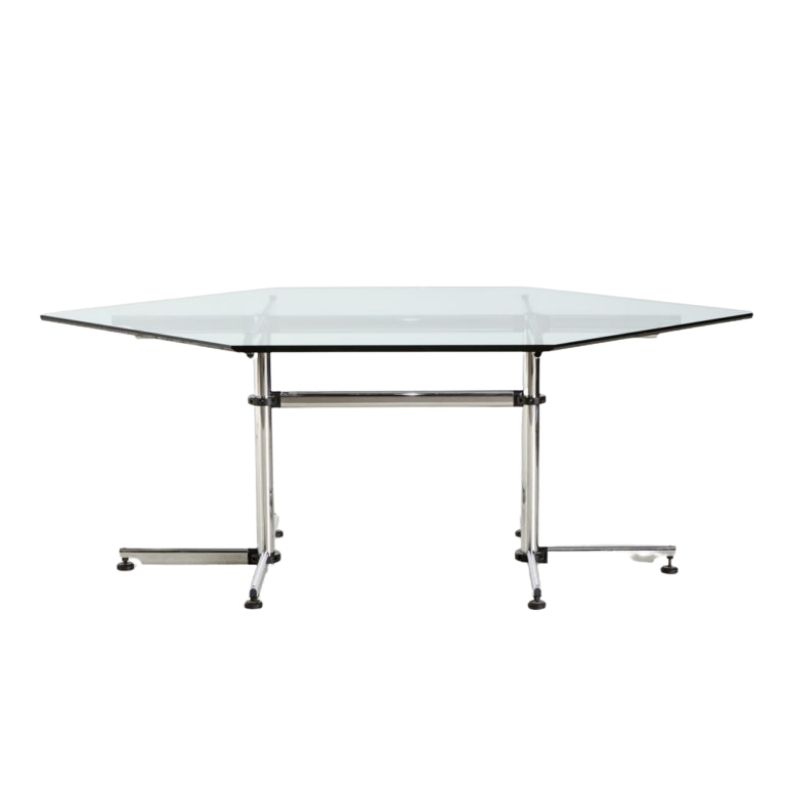First off, let me say hello. I'm very excited to have found this site and forum. I'm a novice in pretty much all aspects modern design but I am excited to learn more from everyone here.
I am the proud owner of a Hvidt (my first search was how to pronounce his name, btw) sofa and loveseat/daybed and setee. It has the original sprung cushions but the fabric is long gone.
I am getting conflicting advice from pretty much everyone I ask about restoring these cushions vs. replacing with foam- the foam is dry and they are not very comfortable. Kind of remind me of an old mattress at summer camp.
My initial thought was to just make new foam cushions but to store the old sprung cushions in the basement just in case. Or is this going to degrade the quality of the pieces to not have the orininal sprung cushions?
Any advice is very much appreciated.
refoam do not throw away or change.
in my humble oppinion these cushions will set you back a small fortune to get the sprung originals replaced.
That is if you can find anyone who will make you the shaped back rest.
Now I have over the years re-foamed many of these with great success so this is the best solution for you.
The foam i use is standard density furniture foam. I sew the foam to the sprung frame before giving the cushions a 4oz layer of dacron.
The cushion will and importantly fell like new.
So go with cutso to your local upholstrer and tell them this is what YOU want. Not what is easiest and therefore or most profitable for them.
With a little effort you can even do this ourself in a day.
Simon
rofoaming explained
Hi Jon
The use of foam depends on the age of the set. If there is a very thin dark yellow layer then this is the old foam collapsed.
In the very early cushions they only used cotton batting but there is no reason why you cant improve on this.
The foam thickness needs to be ½ inch - 1inch at least otherwise you will be able to feel the springs thought it.
I work with white foam which is ideal for seats as it is softer/ less dense.
You can use blue foam which is denser / harder so you get a firmer seat.
The best is to talk to your upholstery supplier and explain what you are doing. They will then guide you in the right direction.
The tools you need are then
Electric carving knife to cut neatly through the foam. cheap from hard ware stores. Carves you sunday roast on sunday and the foam on monday!
Would need a clean in between and maybe your winfe might not appreciate your efforts on the roast again afterwards.
Upholstery / carpet Spray adhesive to bond the foam and Dacron and prevent slipping.
Scissors
Clean the springs for old foam but try and conserve the layer of cotton.
When you apply the foam try and get as big a sheet as possible. We get the sheets in 94 inch x 94 inch.
Determine the front of seat and position the cushion on the foam so that, when you fold the foam over and cover the springs the front edge is continuous.
You don't want a seam on the front as this can show up afterwards.
Cut the foam so you have a 3-5cm overhang on the left right and back.
Spray edge on the inside of the foam with adhesive. Also spray the overhang on the inside so that when you fold the overhang and push it into the springs the underside of the foam and the overhang clue together locking the edge of the sprung seat between them.
do this to the 3 sides. This way the foam is clued to itself while trapping the edge of the seat in the fold.
On the back edge the same process is completed.
Now lay out the Dacron so it covers all sides of the cushion with no seam on the front edge. Fold back one side and apply adhesive to the WHOLE surface of the foam AND the Dacron. Rest for 30 sec before bonding the 2 materials together.
Turn over cushion and spray front of seat edge and all of the foam and Dacron as before. rest for 30 sec
Fold Dacron over towards the back ensuring a good even bond.
Trim Dacron to have a 5cm overhang and tuck this into the 3 open sides as you did when clueing the foam. No glue needed for this.
And that is your cushion finished.
If you need any help, please contact us at – info@designaddict.com



